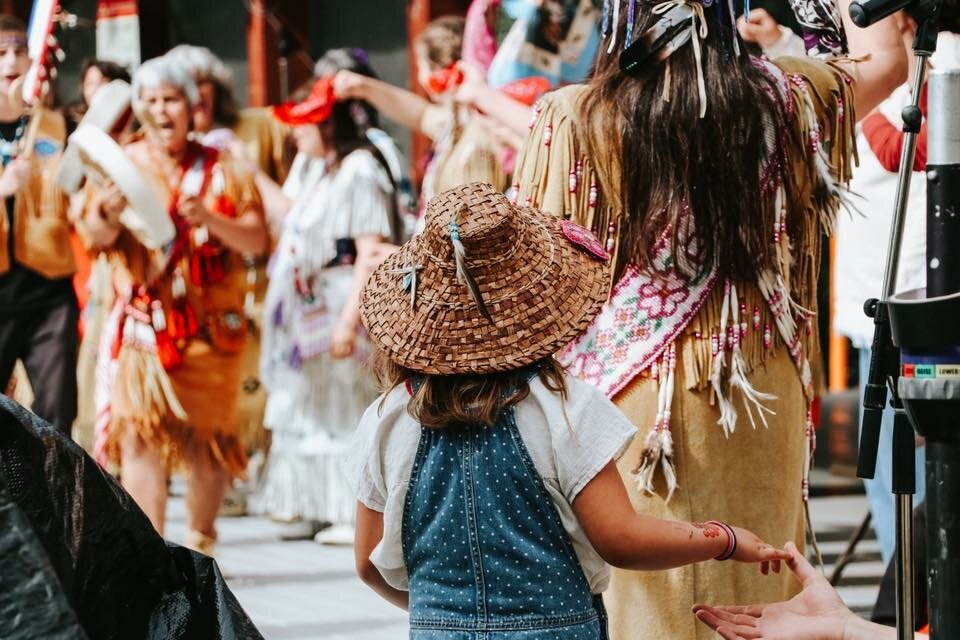
ABOUT STORIES NORTH
STORIES NORTH HISTORY
Stories North launched in the summer of 2017 as a response to the final report of Canada’s Truth and Reconciliation Commission. Over the course of three summers, this experiential-learning initiative has transported 42 journalism students to the Yukon, spending time in seven communities. We want to help cultivate a new generation storytellers so that they approach their work with more context, empathy and understanding. Stories North seeks to open pathways of understanding and accountability as we grapple with the meanings of truth and reconciliation with Canada’s Indigenous Peoples.
Robert Service waxed poetic about the pull of Northern Life and his Spell of the Yukon tells us something about the allure, the wildness and the challenges of living in Canada’s extreme northwest. Another Robert, Robert Frost, wrote about the formative moment of pondering which road to take. The Yukon is, by all means, the road less travelled. By some estimates, fewer than 14 per cent of Canadians have ever set foot in one of the country’s Northern territories.
There is such power in these narratives and, like all strong forces, there is potential to produce good – by encouraging an appreciation of the land and the people who inhabit it -- and to also inflict harm -- by limiting narratives and, by extension, our understanding, accountability and actions.
The Yukon is easy to romanticize. Its mountains and vistas inspire awe. The sights, sounds and scents can dwarf the stresses that frequently accompany urban life. The “colourful five percent,” an expression coined by Yukon artist Jim Robb, provides a sense of the eccentricities often admired and usually tolerated by Yukoners who have, at the very least, a grudging respect for a wider range of personal lifestyle decisions.
The Yukon is epic. It produces platitudes that retain some truth and authenticity. Those stereotypes can also blur our vision, like condensation on a set of eye glasses.
The territory is much more complex than popular literature and portrayals convey. The hero(s) in the epic may not exist or they may have been overlooked for a more convenient narrative. The territory’s history goes much further back than the stampede to find gold. Just ask members of Yukon’s First Nations.
There are so many questions we could ask.
Stories North is a direct response to call to action No. 86 in the final report of Canada’s Truth and Reconciliation Commission, a call for the transformation of journalism education. Stories North began as a special topics course created by journalist and educator Kanina Holmes who teaches at School of Journalism and Communication at Carleton. The program continues to evolve through deepening relationships with Northern partners.
In addition to gaining a broader and more nuanced understanding of this part of Canada, both past and present, Stories North also seeks guidance on one of the most pressing issues facing the country: how can we collectively explain, hold ourselves to account and shift away from the inequities and injustices and ignorance around Indigenous peoples?
Stories North creates a scaffolding for personal and professional transformation and also for sharing and collaboration. To date, to do this work, we’ve brought students to Canada’s North for a month-long course anchored in on-the land learning. Students venture beyond the conventional classroom spending time in the meadows, mountains and banks of the Yukon River. They spend time in communities where they can learn from long-time Northerners, Indigenous leaders, elders and youth about the legacies of residential schools, Indigenous ways of seeing current social, cultural and political challenges facing Canada’s North and its peoples.
Stories North is evolving, seeking to do more work with communities, strengthening storytelling capacity in the North, searching for new participants and partners, new ways of telling stories.
THE BACKGROUND
In the spring of 2015, Justice Murray Sinclair, chair of Canada’s Truth and Reconciliation Commission, issued a call to action. Sinclair had spent the six previous years listening to the wrenching testimony of more than 7,000 survivors of physical, sexual and mental abuse that took place at government-initiated residential schools across Canada.
As the commission wound down, complete with more than 94 recommendations, Sinclair spoke of the chances Canadians now have to rebalance the relationship between Indigenous and non-Indigenous Canadians.
Sinclair, an Ojibwe elder, Manitoba’s first Aboriginal judge and now a Canadian Senator, gently warned that, after seven generations of inequity, mistrust and pain, the path ahead would not be quick or easy. But a path, nevertheless, that begins with one step.
This course, this one step, is a response to this call for action.
The painful recollections of witness after witness at Canada’s Truth and Reconciliation Commission made it clear there is a multi-generational legacy of residential school abuse. The wounds left by neglect, abuse and ignorance are still raw and they infect even those who never set foot in the state-sponsored and church-run institutions mandated with crushing indigenous culture. For decades, political and popular narratives have excluded or diminished the ability of many Canadians to see Indigenous people as full citizens with equal rights. Those narratives are starting to change and this course could be one approach to convey different, more honest, more humble and more accountable stories.


